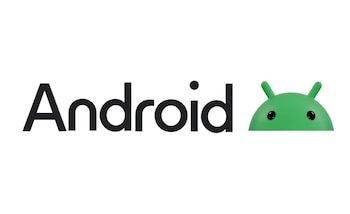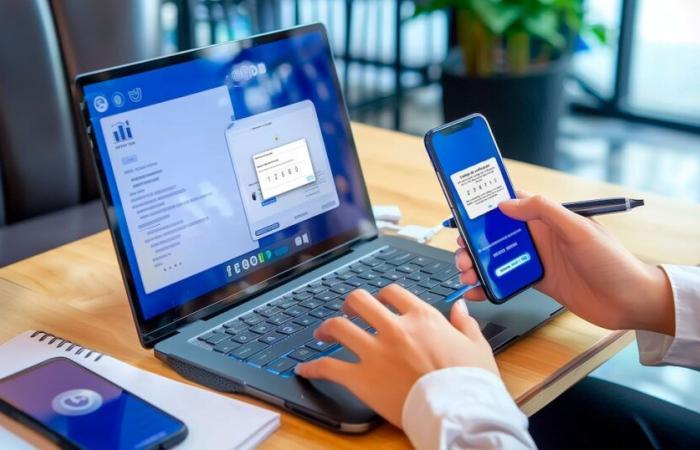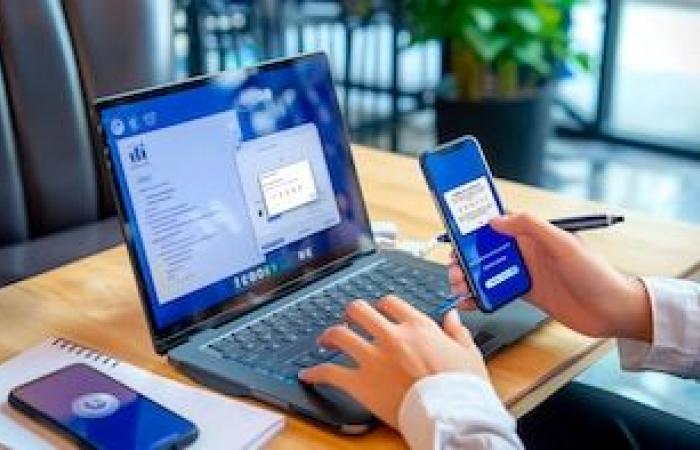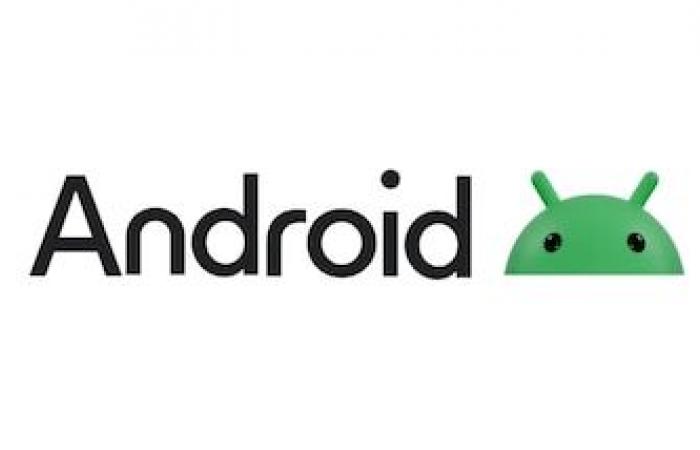In a commitment to expand the productive capacities of its mobile devices, Google advances in the development of a native desktop mode for Androidinspired by Samsung Dex’s proposal.
This function, even at an early stage, promises to convert smartphones into work environments similar to those of a desktop computer by connecting them to external screens, thus offering a more versatile experience for professional users and productivity enthusiasts.
For years, Samsung’s Galaxy devices offer the DEX function, which allows you to use the phone as a computer when connecting it to a monitor, With support for floating windows, mouse, keyboard and an interface similar to that of a desktop operating system.
This tool has been valued for allowing a robust multitasking environment without additional hardware. Until now, this type of functionality was exclusive to Samsung devices.

Google, meanwhile, had maintained a more limited approach. Android so far offered a basic experience when connected to an external screen: the content was duplicate or extended, but without adapting to an optimized interface for desktop work.
This situation will change soon, Thanks to a development that has been recently discovered in preliminary versions of Android 16.
According to developer leaks and Android Authority analysis, the new function appears under the “Enable Desktop Experience Features” option in the developer options menu. Although it is not yet activated by default or available in a generalized wayit has already been enabled on some Pixel devices, allowing to observe how Google’s proposal is emerging.
One of the first notable differences with the current version is the incorporation of a lower taskbarvery similar to that of operating systems such as Windows. This bar allows you to access anchored applications, see recent apps and launch new windows from centralized access. A kind of start menu that brings together all applications installed on the device is also included.

Each application opens in floating windows that can move freely, resize or attach to the sides of the screen. This functionality is key to multitasking, since it allows to work with several applications open in parallel, drag content between them and create more complex workflows than those possible on a phone screen.
The interface that Google is preparing resembles the desktop environment already entered in tablets with Android 15, where a free window mode had been implemented only for the integrated screen. The novelty now consists in bringing that same logic to external screenswhich represents an important step towards a more productive and flexible Android ecosystem.
In addition to the windows and the taskbar, The function includes full support for external peripherals. The system automatically detects mouse, keyboard and touchpads connected by cable or wirelessly, allowing fluid navigation between the phone screen and that of the external monitor. They are even developing tools to move the pointer between both screensrearrange displays and manage multiple environments simultaneously.

This type of functions, more typical of a PC environment, mark a paradigm shift for Android. “Google is essentially adapting the table of tablets to tablets connected to external screens”, Explained the developers who accessed the preliminary versions of the system.
Despite the visible advance, the function is not yet ready for an official launch. Everything indicates that It will not be part of the stable launch of Android 16scheduled for this year. Instead, It could come as an experimental option within the quarterly updates of the systemor more likely as a more robust incorporated characteristic in Android 17.
Google must still polish numerous details before offering this functionality to the general public. It has not been defined whether it will be available on all Android devices or only in those with compatible hardware, such as the Pixel line phones. It is also unknown if manufacturers can customize or modify this environment, as with other customization layers.










